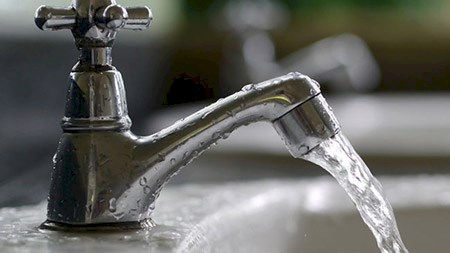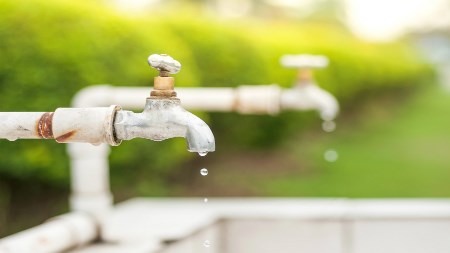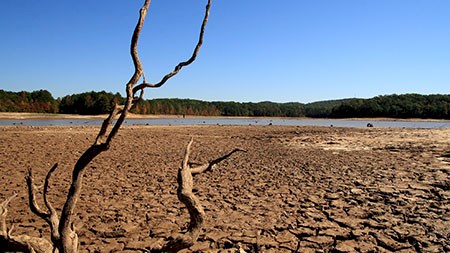Last week we looked at water harvesting systems and how they can help home owners save money. Most systems are suitable for residents of larger houses but there are some systems that are smaller, more sleek and less likely to raise the ire of your body corporate. [Irrimec Aqua](http://www. irrimecaqua.com) has a range of smaller tanks (some hold less than 1000 litres) that are better suited for townhouse, apartment or duplex type homes.
An interesting product is the “Antique Amphora,” a replica terracotta vase that can hold 600 litres of water and in no way resembles a water tank (and is therefore less likely to be vetoed by a body corporate.) Visit [www. irrimecaqua.com](http://www. irrimecaqua.com) for further information.
But what else can people who stay in apartments or townhouse complexes do to lower their water bills?
Below is a brief list of water saving hints:
Look for leaks and drips. Go through your home and check tap fittings, shower heads and toilet connections for any leaks. A few drops may seem insignificant, but if a faucet leaks between a fifth and a third of a millilitre, and drips 300 times in a 24 hour period, a single leak can waste 64 litres per day (124 baths per year).
Only use washing machines and dishwashers once they have a full load. Reports estimate that a load uses 95 litres of water – two half loads will use double that.
While some harvesting systems are impractical in smaller dwellings, you can still reuse some water. For exampled, once water has been cooled after boiling eggs it can be used to water house plants. Similarly, water from fish tanks and bowls is nutrient rich and can be used for irrigation rather than flushed. Any water used to rinse fruit and vegetables can also be used for plants or to fill toilets.
Modern plumbing and appliances tend to be more eco-friendly. The flush mechanisms in toilets underwent a redesign in the mid nineties and use less water (older toilets used roughly 18m litres per flush whereas newer ones use closer to nine litres.) Thirty percent of all home water is, literally, flushed down the drain.
Water preservation does not end with implementing ideas such as the ones listed above. Have you ever looked at food you have bought and thought about the amount of water that is used to produce the packaging? Or wondered how many kilolitres of water were used to manufacture your car? Or had a cup of coffee and realised that the water consumed is much greater than the amount that is in the mug? Here are some startling statistics:
It takes 145 litres of water to produce a fizzy drink in a 330 millilitre can.
Reports indicate that a single dairy cow needs 113 litres per day.
Producing one hamburger, from farming of meat and produce through to serving it up on a plate uses 1100 litres.
To produce a cotton t-shirt requires roughly 2900 litres of water.
It may not always be practical or possible to base consumer habits on how much water is used in manufacturing, but changing the way we consume food, leisure, transport or clothing items is an important step in the conservation of our most precious resource.



